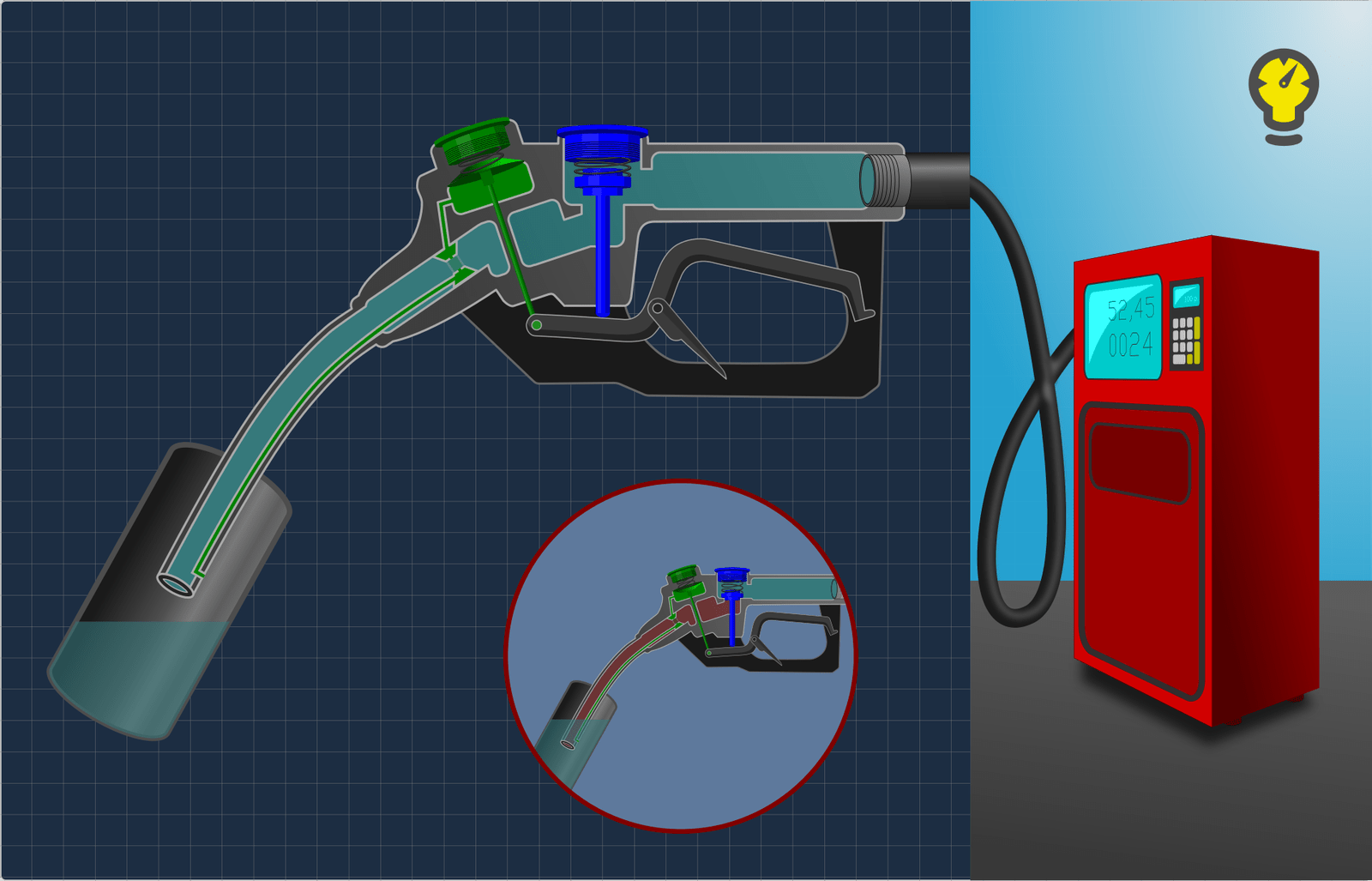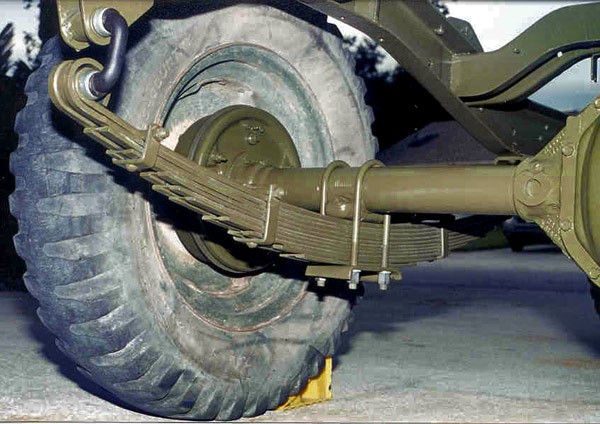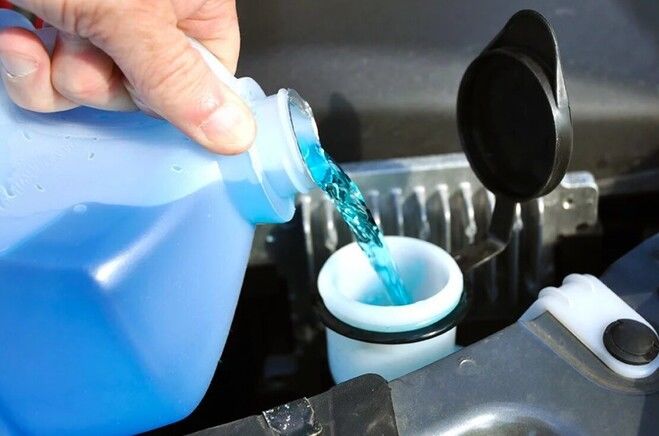
How does my gas tank know it's full?
Anyone who has ever refilled a gas tank has experienced the tactile clang that an injector makes when the tank is full. This sound comes from the injector at the moment when the fuel supply stops. Most people barely notice it, dismissing it as just another little convenience the world is full of. For those wondering how the pump knows how much fuel is in the tank, the truth is inevitably much simpler (and more inventive) than they might think.
Why overfilling a gas tank is bad
Gasoline forms vapors that are dangerous to humans for a number of reasons. Steam hangs around and reduces air quality. In addition to making breathing difficult, fuel vapors are also very volatile and are the cause of many fires and explosions every year. In the past, gas caps released vapors into the air. Everything would be fine if people didn't insist so much on breathing; but since this is not the case, a better solution was required.
Enter the fuel vapor adsorber. This nifty little innovation is a can of charcoal (like an aquarium) that filters the fumes from the fuel tank and allows the gas to flow back into the fuel system while improving fuel efficiency, safety and air quality. It also regulates the pressure in the tank.
What happens if there is too much fuel
The outlet through which excess vapors exit the fuel tank is located in the filler neck. If too much fuel enters the tank and fills it together with the filler neck, then liquid gasoline will enter the canister. Since the canister is only for steam, this wreaks havoc on the carbon inside. Sometimes you have to change the entire canister after it is flooded.
To prevent this from happening, a small tube runs along the entire length of the nozzle, which exits just below the main hole. This tube sucks in air. This allows the injector to fit snugly against the tank when inserted into the filler neck, removing air displaced by the fuel entering the tank. This tube has a narrow section only a few millimeters long called venturi valve. The narrow section narrows the flow slightly and allows the sections of pipe on either side of the valve to have different pressure levels. Once the gasoline reaches the inlet at the end of the injector, the vacuum created by the higher pressure air closes the valve and stops the flow of gasoline.
Unfortunately, some people try to get around this by pumping more gas into the tank after the valve is closed. They may even lift the nozzle further away from the filler neck so that the venturi doesn't do its job. This, at best, adds a negligible amount of gas while causing a small amount of gas to be sucked back into the injector with each click, and at worst fuel spills out of the tank.
Avoid pumping more gas after closing the valve in the fuel pump injector once. The tank is quite full.

